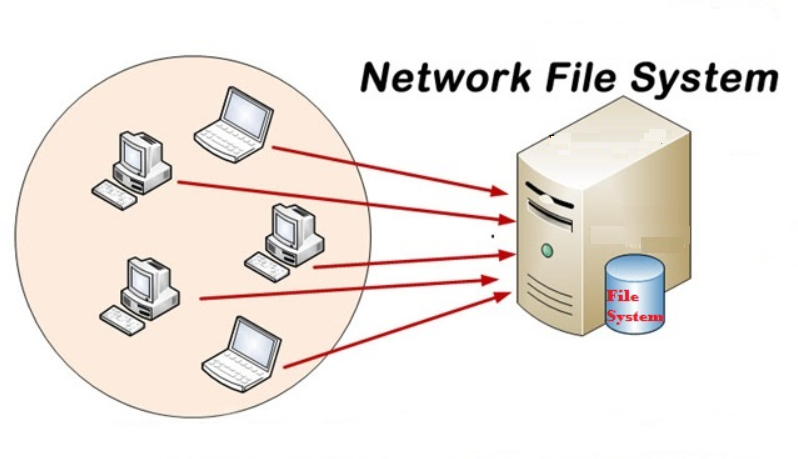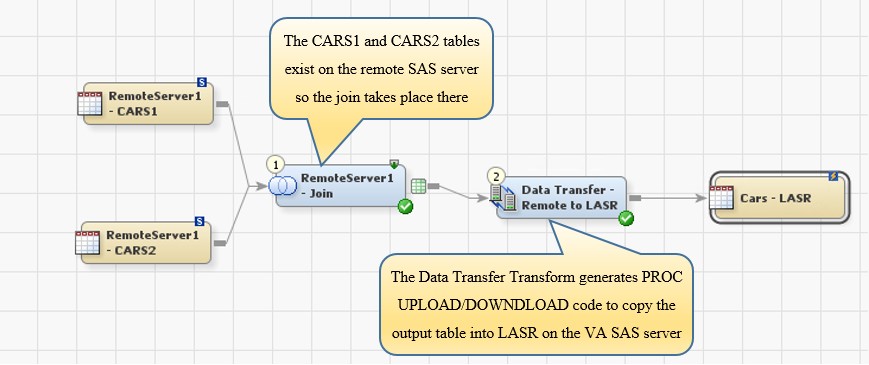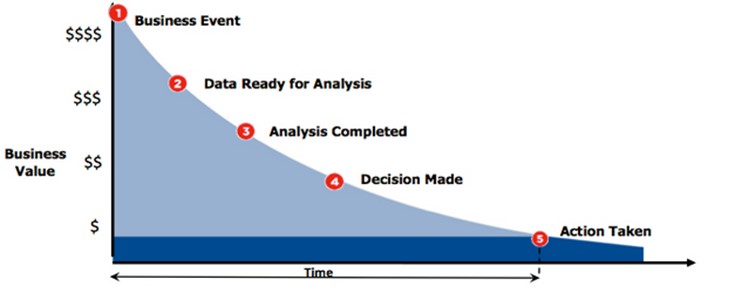Cloud Analytic Services (CAS) is really exciting. It’s open, multi-threaded and distributed. And, best of all for SAS programmers, it’s SAS. You can even run DATA Step in CAS. Here's more on how DATA Step work in a multi-threaded, distributed context.
Author

Many SAS users have inquired about SAS Cloud Analytic Services’ (CAS) Distributed Network File System (DNFS) of late, so let’s look at it further in this blog post. (Learn more about CAS.) The “NFS” in “DNFS” Let’s start at the beginning. The “NFS” in DNFS stands for “Network File System”

The Cloud Analytic Server (CAS for short) is SAS’ latest high-performance, scalable, in-memory analytic data server. In this post, I’d like to discuss the CAS physical data model, i.e.what features CAS offers for data storage, and how to use them to maximize performance in CAS (and consequently SAS Visual Analytics

Is your LASR implementation running short on memory? Since LASR tables are stored in memory, it can become scarce. So what can we do to minimize LASR table size and still get LASR’s legendary performance? Here are a few strategies on how to shrink LASR tables: Compression: When compression was

The SASIOLA libname engine is now delivered with most SAS software orders so that we can load LASR environments remotely from separate SAS environments. For example, maybe you have an existing SAS “ETL” machine that you use to access your source environments and load your target environments. With the SASIOLA

SAS Event Stream Processing that is! The latest release of SAS Event Stream Processing will launch May 12, and numerous customers around the globe are already using it. So what’s the big deal? Why event streams are important to business SAS Event Stream Processing allows organizations to react to events

Everyone is always looking for test data. Business analysts want it for demos and prototypes. Software developers want it for development and unit testing. Testers want it for system and integration testing. I’ve written many programs to generate test data over the years, as have many other SAS users. Generated

